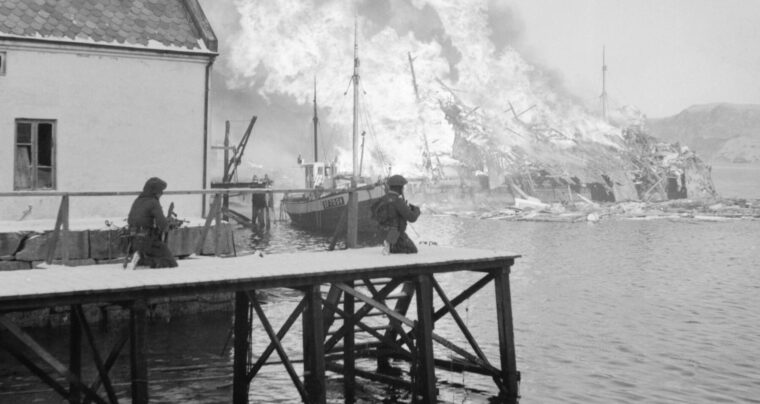
Atlantic Wall
Hit & Run: British Commandos Striking the Atlantic Wall in Norway
By Donald J. Roberts IIFollowing the forced evacuation of Allied forces at Dunkirk in June 1940, British leaders viewed a dim future. Read more

Atlantic Wall
Following the forced evacuation of Allied forces at Dunkirk in June 1940, British leaders viewed a dim future. Read more

Atlantic Wall
On June 6, 1944, the Allies unleashed on land, air, and sea the largest invasion force in world history in an enormous effort to liberate Europe from Nazi tyranny. Read more
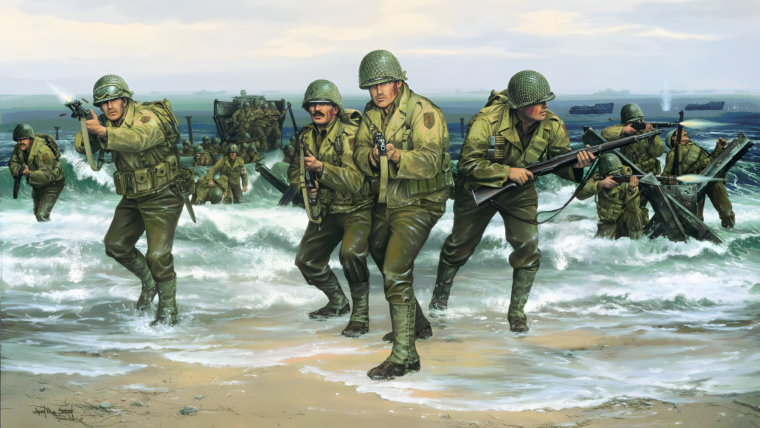
Atlantic Wall
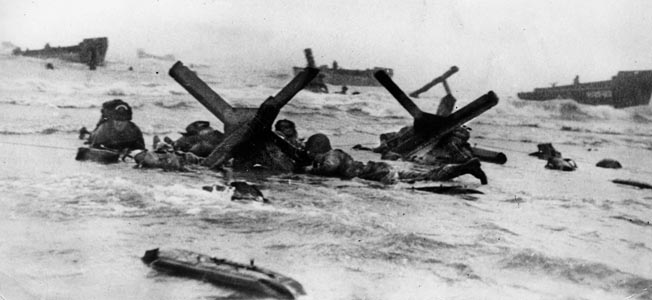
Atlantic Wall
The invasion of Normandy was one of the most audacious military campaigns in history. Nearly three million Allied personnel would participate in or support the Normandy operations. Read more
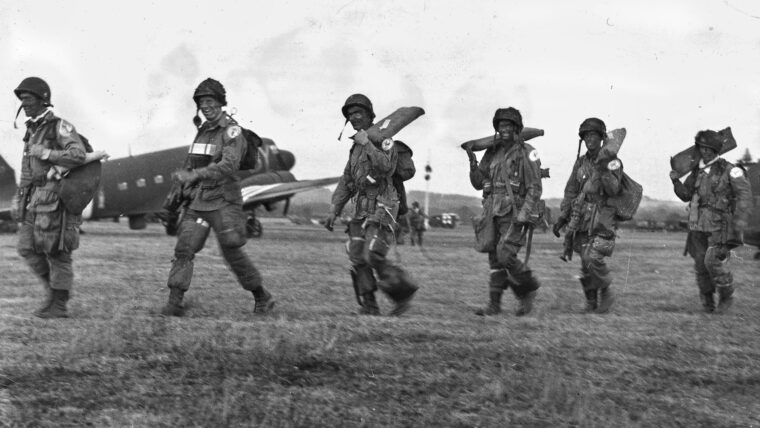
Atlantic Wall
What was it like to be a WW2 paratrooper, parachuting into Normandy in the opening minutes of June 6, 1944—D-Day? Read more
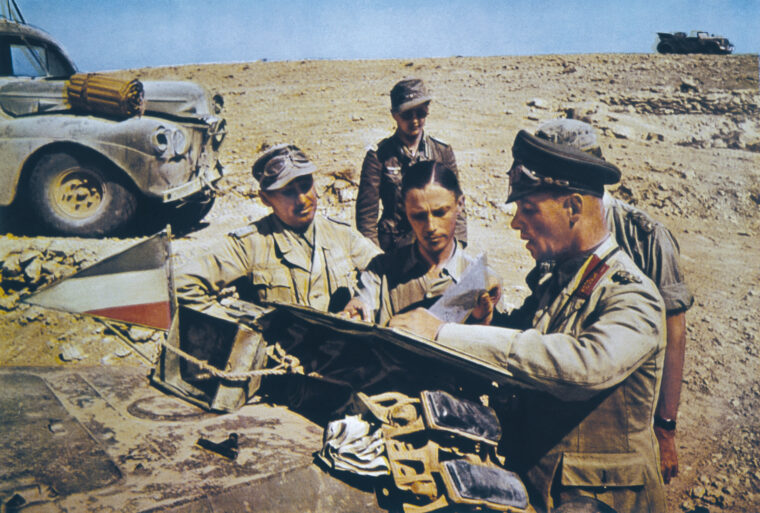
Atlantic Wall
Even before the end of World War II, German General Erwin Rommel’s fame was such that he was already being elevated into the Valhalla of such legendary warriors as Hannibal against the Roman Empire, Napoleon during his defensive campaigns of 1813-1814, and Robert E. Read more
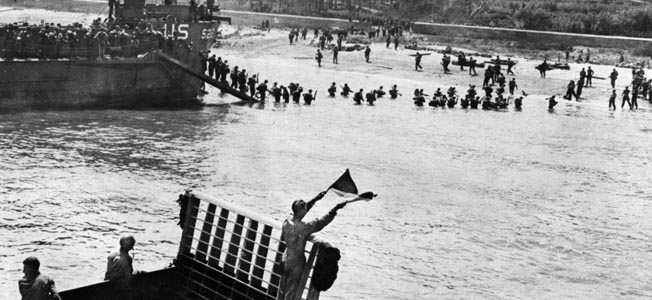
Atlantic Wall
Early in 1944, German Field Marshal Erwin Rommel, the defeated hero of North Africa and now head of Army Group B in France, was tasked with strengthening the Atlantic Wall defenses against Allied invasion. Read more
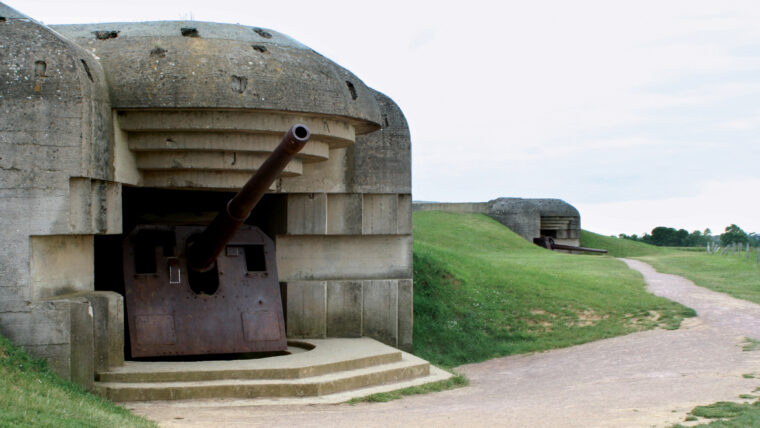
Atlantic Wall
After overrunning France and other Western European countries in 1940, Adolf Hitler was certain that the Allies would one day attempt to invade the European continent and attack through the occupied countries to destroy his regime. Read more
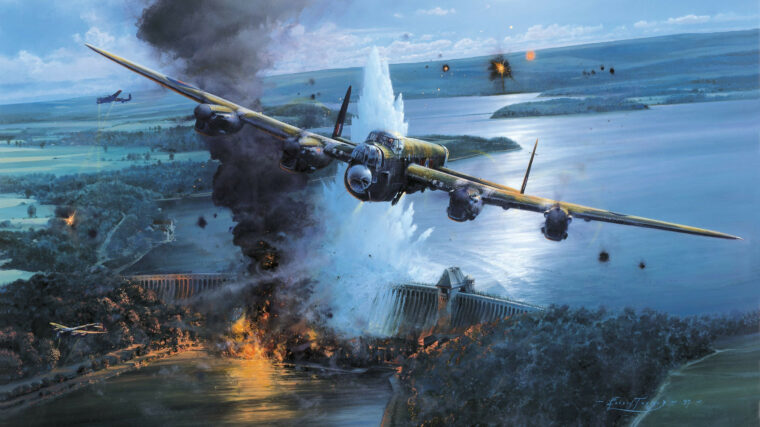
Atlantic Wall
May 16, 1943, had been a sweltering spring day in England. At 9:39 pm, as the sun was dipping below the western horizon, leaving a rim of light and still good visibility, the first three of 19 Avro Lancaster bombers of No. Read more
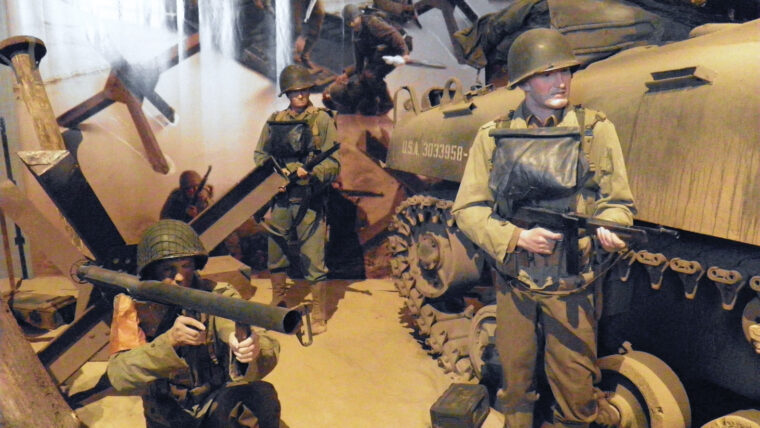
Atlantic Wall
There is such a treasure trove of fine military museums in Normandy—perhaps more than anywhere else in the world—that we could devote an entire issue to nothing but them. Read more
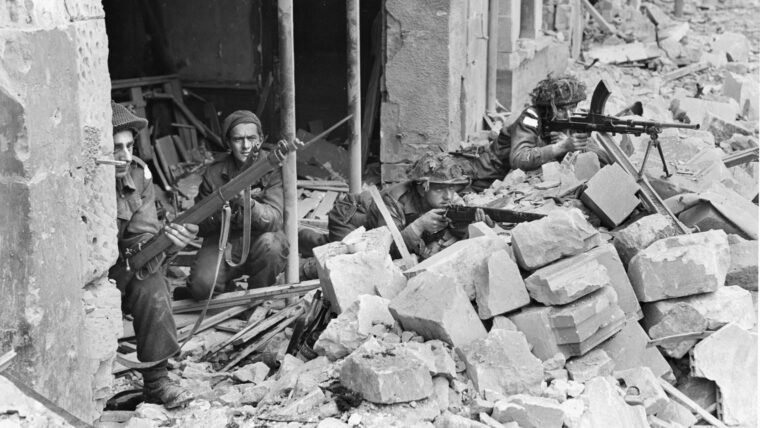
Atlantic Wall
As John Wesley Pointon jumped into the cold English Channel water with the Royal Canadian 7th Brigade Signal Corps and struggled with a heavy radio strapped to his back toward the beach that was being torn apart by shot and shell, the farm boy from Saskatchewan tried to make his mind go blank. Read more
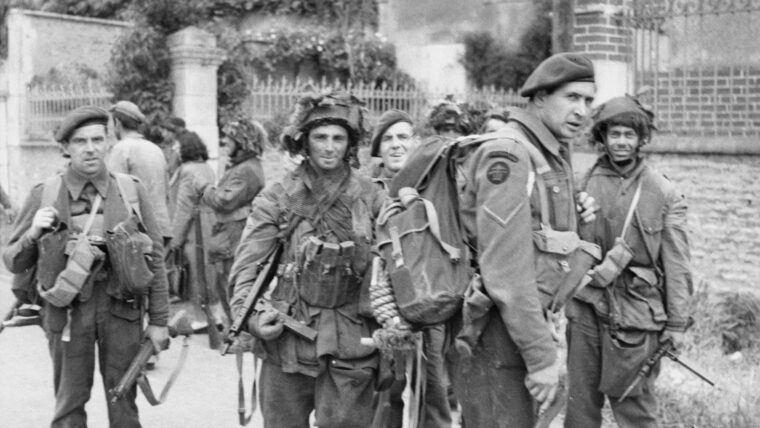
Atlantic Wall
After successfully fighting seasickness during the crossing of the English Channel, Lance-Corporal Ted Brooks of Number 48 (Royal Marine) Commando arrived on Nan Red Beach—which formed the left flank of Juno Beach—on the morning of June 6, 1944. Read more
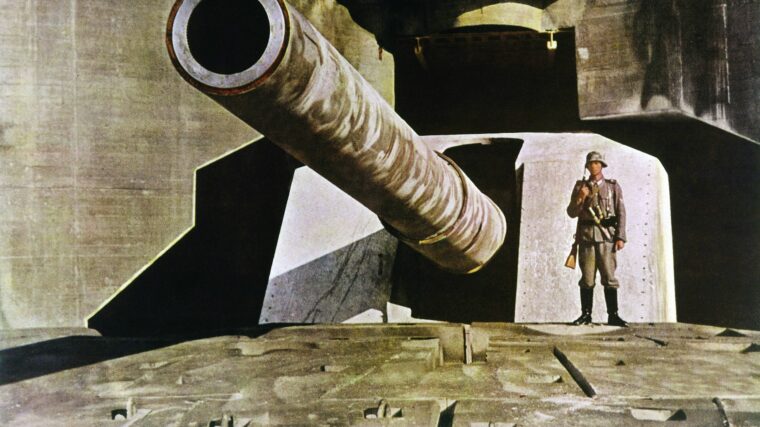
Atlantic Wall
The popular image of Hitler’s Atlantic Wall (Atlantikwall) is one of massive bunkers and huge artillery pieces recessed in concrete casemates stretching the length of the Reich’s coastline. Read more
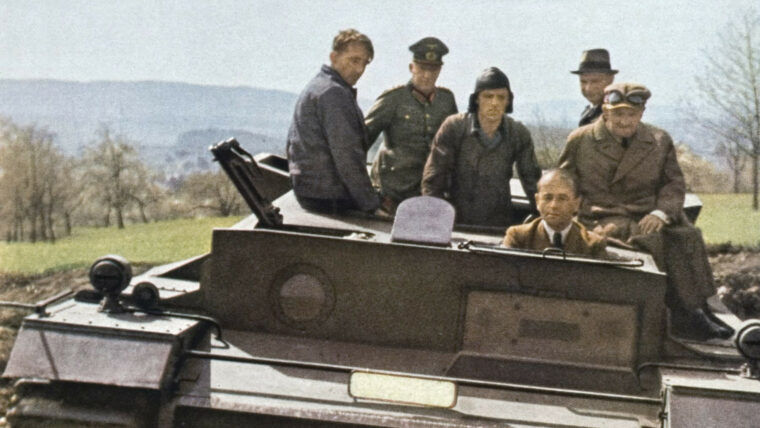
Atlantic Wall
On October 6, 1943, Dr. Albert Speer, Reich minister of armaments and war production for the Third Reich, gave a 50-minute address to the assembled top officials of Nazi Germany at Posen Castle in occupied Poland’s Reich Gau (Region) of Wartheland on the critical state of World War II at that point. Read more
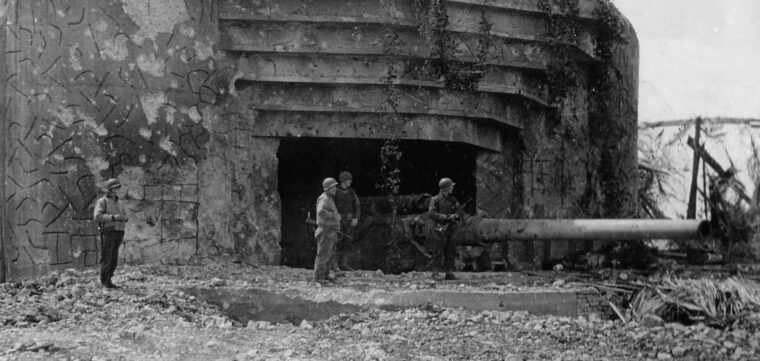
Atlantic Wall
In his 1969 memoir, Albert Speer asserted that Adolf Hitler would never have appointed him Third Reich minister of armaments had not his predecessor in that post, acclaimed engineering genius Dr. Read more

Atlantic Wall
After sundown on July 17, something happened at a small port town 40 miles northeast of San Francisco that has never been fully explained…
The 7,500-ton Liberty ship SS E.A. Read more
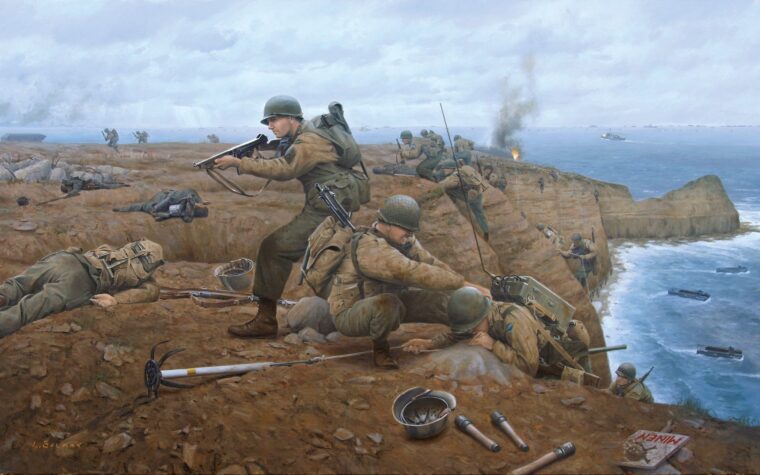
Atlantic Wall
On the morning of June 6, 1944, the 2nd Ranger Battalion, commanded by Lt. Col. James Earl Rudder, began its ascent of a sheer 100-foot precipice called Pointe du Hoc. Read more
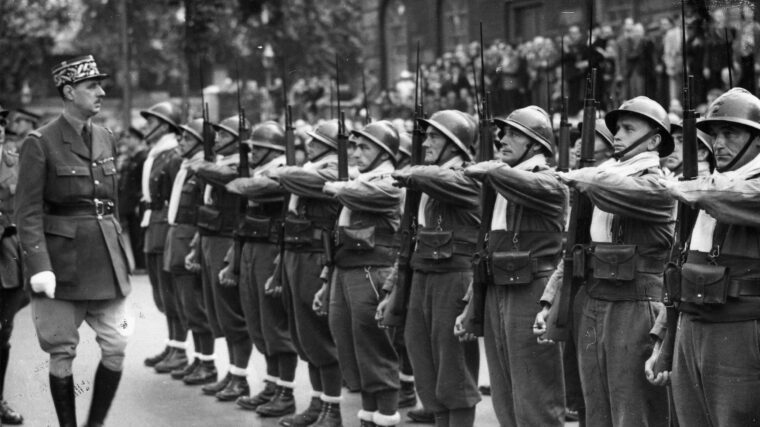
Atlantic Wall
On the evening of June 16, 1940, Marshal Henri Philippe Pétain was appointed Prime Minister of France. It was a critical time. Read more
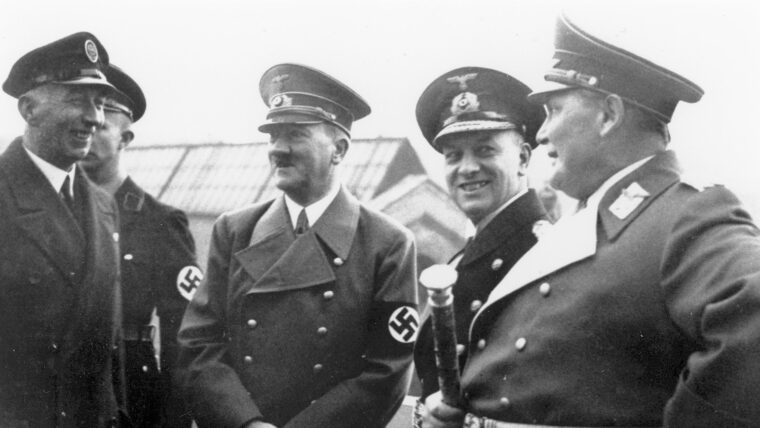
Atlantic Wall
On June 6, 1944, as the massive Allied naval armada made its way from ports in England across the English Channel to launch the projected D-day invasion at Normandy, a German fleet sortie swept down from its home ports on the North Sea and from occupied Norway. Read more
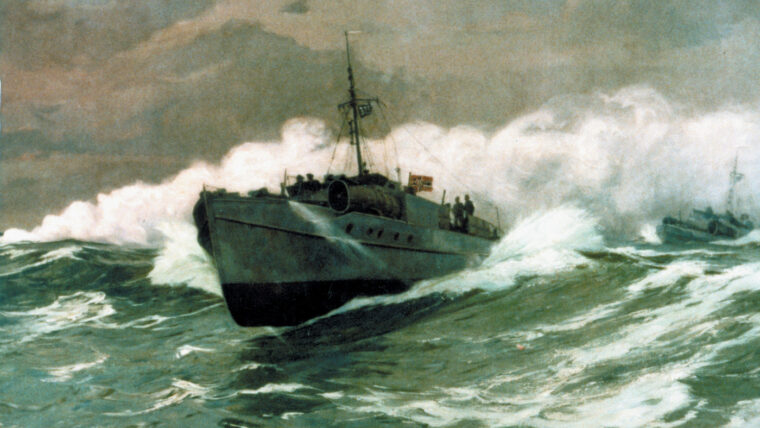
Atlantic Wall
It was spring 1944, and the morning sun was glinting off the face of the water as the Landing Ship, Tank (LST) transports chugged their way through the choppy surf and headed in close toward shore, their destination a gravel-strewn stretch of beach on the English Channel code named “U” for Utah. Read more